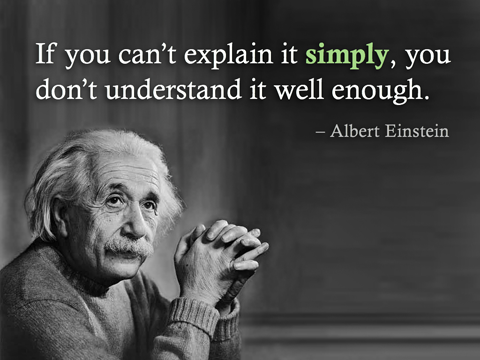Semiotics is an emerging
buzz-word in the marketing research circles in India. I am fascinated by this
mysterious colourful box (not a black box) of semiotics. While attending a
semiotics workshop at IIML, Noida last week I was delighted to see that Indian
researchers are open to embracing the semiotic mind-set. It was also heartening
to see that Indian brand managers are also seeking semiotics as a strategic
input in brand-building. However, not many of seem to have a clear idea about
this discipline. Chris Arning beautifully compared semiotics with meditation. We
all know that meditation (semiotics) is useful and fascinating, some of us
practice it, but none of us fully understand how it works. This metaphor made
me realize that I am a mere disciple on an eternal quest for semiotic
enlightenment, with a goal to become a Semiotic Buddha – the one who
understands the ultimate Semiotics. ;)
My first rendezvous with
semiotics was during my master’s program in communications at MICA. The course
at MICA was my first step towards understanding semiotics. The workshop this
week was the second step. Now, my goal is 998 steps away. Being a first year
PhD student, I feel that this is the best time for me to start walking on this
path of academic exploration. In a series of blog posts on semiotics, I would
be periodically sharing a beginner’s perspective on what I read over the next
couple of years. I hope that this endeavour would help other beginners like me
on their journey as well.
I begin this blog series by
sharing my understanding of how semiotics differs from traditional qualitative
research. These thoughts are based on the discussions we had at the workshop,
supplemented by some preliminary reading on cognitive psychology.
How is Semiotics different from traditional Qualitative Research?
The subject matter of semiotics
is ‘interpretation of meaning’ – to decipher how consumers create meaning in
their minds when they witness any stimulus. Any individual, who uses his mind to
interpret something, would be using certain habitual or routinized modes of
thinking. These habitual modes of thinking are created through a learning
process (conditioning) that the individual goes through in his entire life.
There are many things in his environment that influence the way his mind is
wired to think (develop schemas/ semantic networks in his mind).
Semiotics looks at the elements
from the individual’s cultural environment deemed to have shaped the semantic
structure of his mind. For example, being an Indian, I would have grown up
watching a certain kind of movies and TV shows and I must be absorbing cultural
content that is currently being shared around me. All these cultural ‘texts’
would be depicting the idea of ‘success’ in a certain way. These depictions or
codes of success would have subconsciously entered into my mind and would have
modified the wiring of my schema of ‘success’.
Suppose a researcher needs to
understand the schema of success – what does ‘success’ mean to the consumer? A
traditional qualitative researcher would conduct a focus group discussion or an
in-depth interview with the consumer and elicit his verbal responses to the
idea of success. Although this method has the potential to give rich content, the
hard truth is that consumers would not be aware of their own subconscious
schemas and it would be difficult for them to articulate the same. Furthermore,
deliberative elicitation would lead to rationalization of thoughts and we would
not be able to uncover the raw subconscious structure. Chris Arning used
another beautiful metaphor of the surface of the ocean vs. the wave current
underneath the surface. Traditional qualitative research would capture whatever
appears on the surface, but may not be able to dive into the depths
sufficiently.
But if the consumer is not able to tell me what is in his mind, who will?
We do not have a machine that can
let a researcher travel into the subconscious mind of the consumer and to take
photographs of the semantic networks in his mind ;). But semiotics shows us the
way forward. The basic premise of cultural semiotics is that individuals
consume cultural content and absorb the semiotic flow of these texts into their
memory. These individuals then mimic the semantic structure reflected in these
cultural texts. Hence, if we analyse the cultural content that surrounds the
individual and decode the semantic structures within these texts, we can
construct a replica of the semantic structure that exists within the consumer’s
mind. This is the reverse engineering technique followed by a semiotician.
Traditional qualitative research is inside-out, whereas semiotics is outside-in. Hence, semiotics does not involve interviewing of consumers. The population/ sample to be studied consist of cultural texts like ads, movies, music, materials, packaging, blogs, etc. The sampling of content follows the general sampling principles of traditional research – aiming for a balance of parsimony and representativeness. These texts are deconstructed and analysed using semiotic analysis tools and theories. Semiotics uses a rich bag of techniques and theories for analysis. The colourful, enigmatic box of semiotic theories and techniques is what remains to be explored. I would be exploring these theories and techniques one by one and would share my thoughts on them in my future blog posts. I invite critical feedback on my posts from researchers (practitioners and academic) and students. Let’s all discuss, debate and learn together :)






